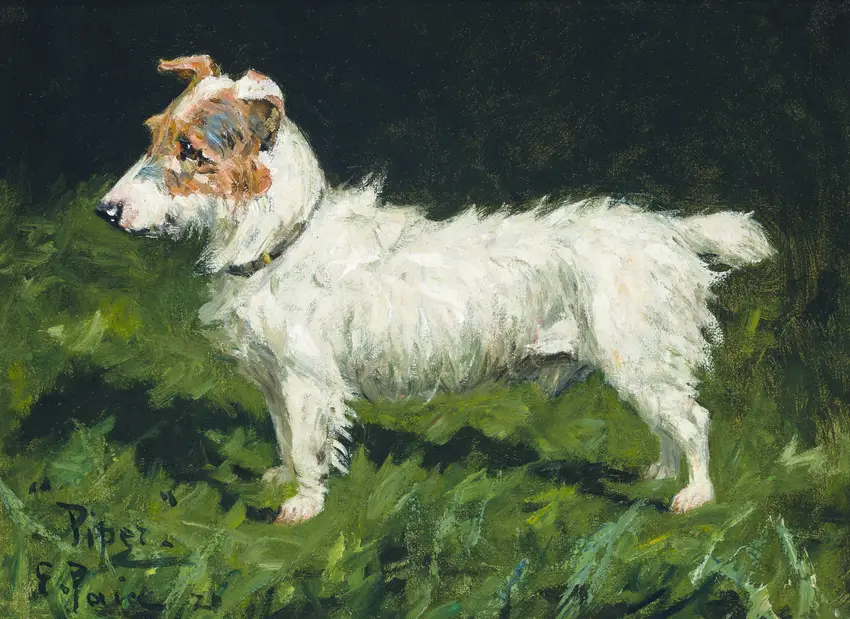George Paice
George Paice (1908–1993), English, Emerging from the mid-20th century British art scene, this painter and printmaker carved a niche with a distinctive blend of figurative abstraction and lyrical color. Though not a household name, their work resonates with quiet intensity, often exploring the interplay of light and form in landscapes and urban scenes. A subtle tension between structure and spontaneity defines their style—precise brushwork might dissolve into fluid, almost dreamlike passages, suggesting influences from Post-Impressionism to the St Ives School.
Themes of transience recur: weathered harbor walls, fleeting shadows on cobblestones, or the muted glow of twilight over industrial rooftops. There’s an unpretentious poetry in how they captured the ordinary, elevating it through texture and tonal harmony. While overshadowed by flashier contemporaries, their quieter approach garnered respect among peers, particularly for etchings that balanced delicate linework with bold, experimental inking techniques. Later years saw a shift toward pared-down compositions, as if distilling memories into essential shapes and hues. Their legacy lingers in regional collections and the occasional rediscovery by critics drawn to understated yet evocative modernism.
Themes of transience recur: weathered harbor walls, fleeting shadows on cobblestones, or the muted glow of twilight over industrial rooftops. There’s an unpretentious poetry in how they captured the ordinary, elevating it through texture and tonal harmony. While overshadowed by flashier contemporaries, their quieter approach garnered respect among peers, particularly for etchings that balanced delicate linework with bold, experimental inking techniques. Later years saw a shift toward pared-down compositions, as if distilling memories into essential shapes and hues. Their legacy lingers in regional collections and the occasional rediscovery by critics drawn to understated yet evocative modernism.
-

Piper, A Jack Russell Terrier
George Paice (English, 1908–1993)A vibrant portrait of a Jack Russell Terrier, bristling with energy and personality through dynamic brushwork and keen observation.
